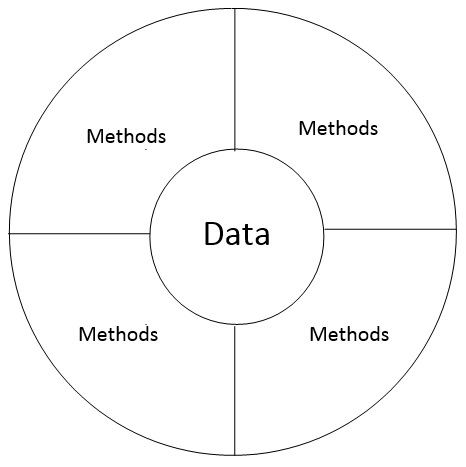Java Object Oriented Programming (OOPs)
One prime characteristic that is constant in the world of software is the change and advancement in software. That change is one of the most critical aspects of software development. Development of new tools and techniques is common for everyday technology users. For software engineers the most important thing is the maintainability, portability, reusability, integrity, security and user-friendliness. So to build today’s complex software it is just not enough to put together a sequence of programming statements or procedures. Programmers need to use sound construction techniques and program structures that are easy to figure out implement and modify in a wide variety of situations. This is possible and efficient to use with Object Oriented Programming techniques.
Since the inventions of computer and programming languages, many approaches have been tried. These includes:
Java is purely under the category of Object Oriented Programming.
Object Oriented Paradigm
The main objective of object-oriented technique is to eliminate some flaws encountered in procedural approach. OOP handles and treats data as a critical element and never allows these data to move freely around the system. It binds data more closely to the functions and protects them from unintentional alteration by other functions.
OOP allows programmers to break down a problem into number of entities called Objects and then build data and functions around these entities. The combination of data and methods make up an object.
i.e. Object = data + method
OOP allows programmers to break down a problem into number of entities called Objects and then build data and functions around these entities. The combination of data and methods make up an object.
i.e. Object = data + method
Figure – Object Representation:

In the above figure, the circle is an object and it comprises of data and methods where the data is surrounded by methods.
0 comments:
Post a Comment